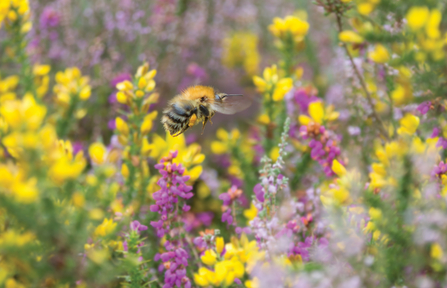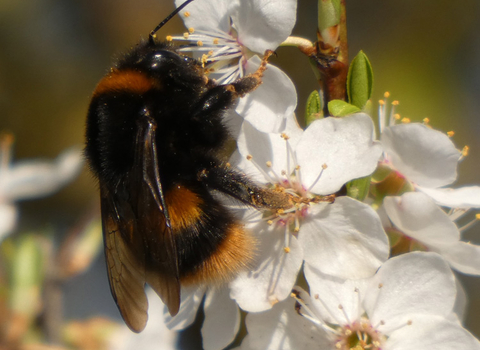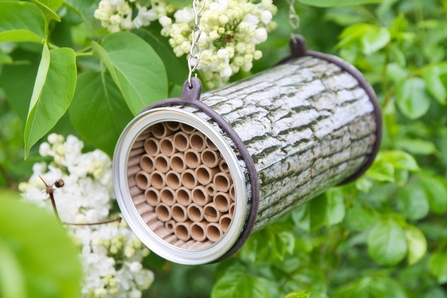There are actually more than 200 species of bee in the UK! Only one of them is the honeybee, and just over 20 are bumblebees. The rest are all solitary bees.
85-95% of the UK’s insect-pollinated crops rely on wild pollinators, such as many species of bee, moth, butterfly, hoverfly, fly and beetle. Taking over this job ourselves would be difficult and time-consuming, and would cost us an estimated £1.8 billion every year! Many of our rarer bumblebee species don’t forage more than 1km from the nest, and 500m is common – so they need a lot of flower power in a small space!



